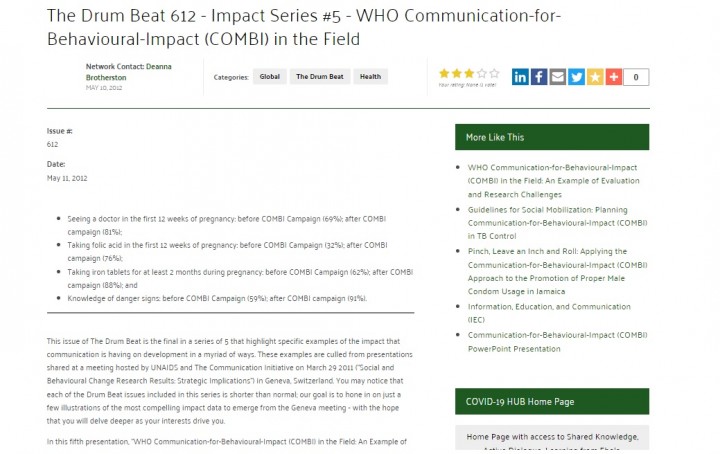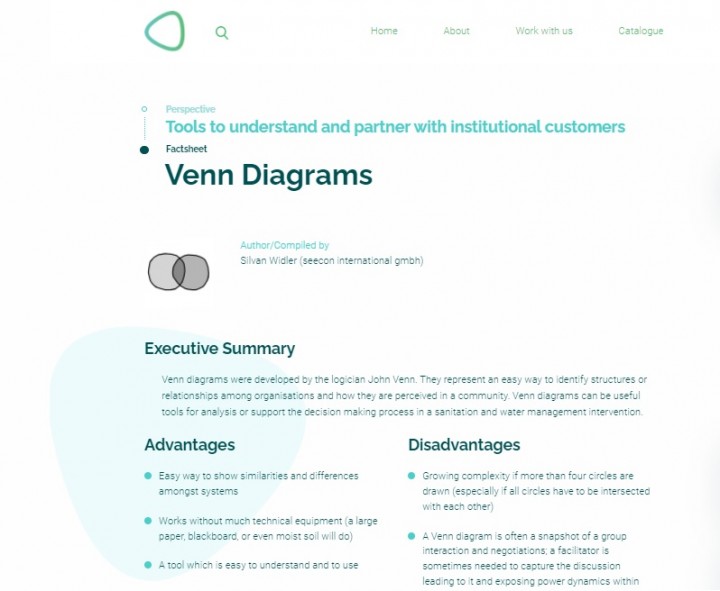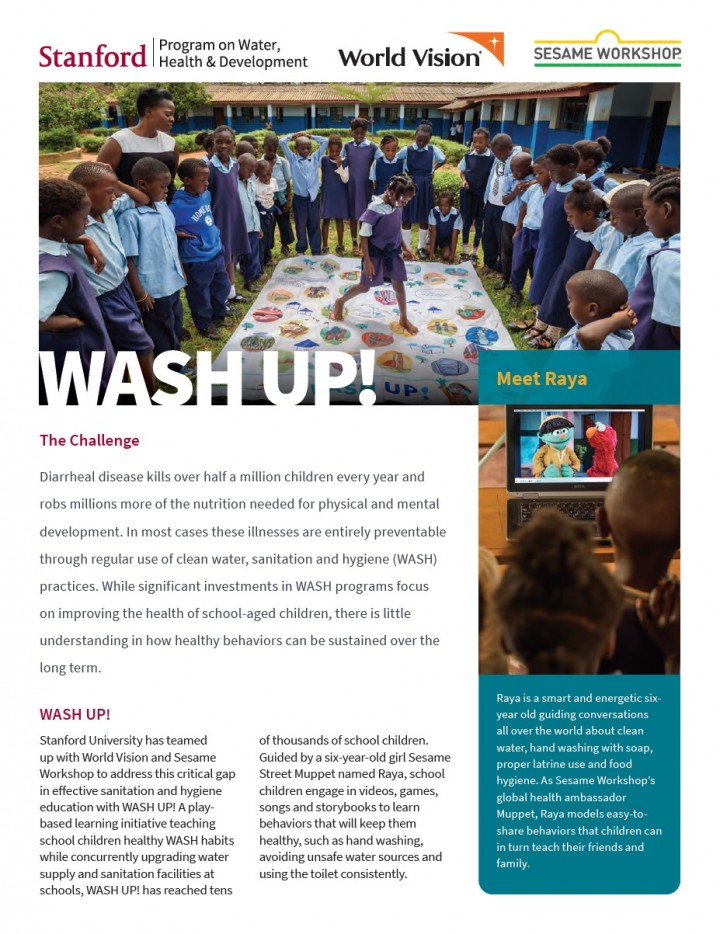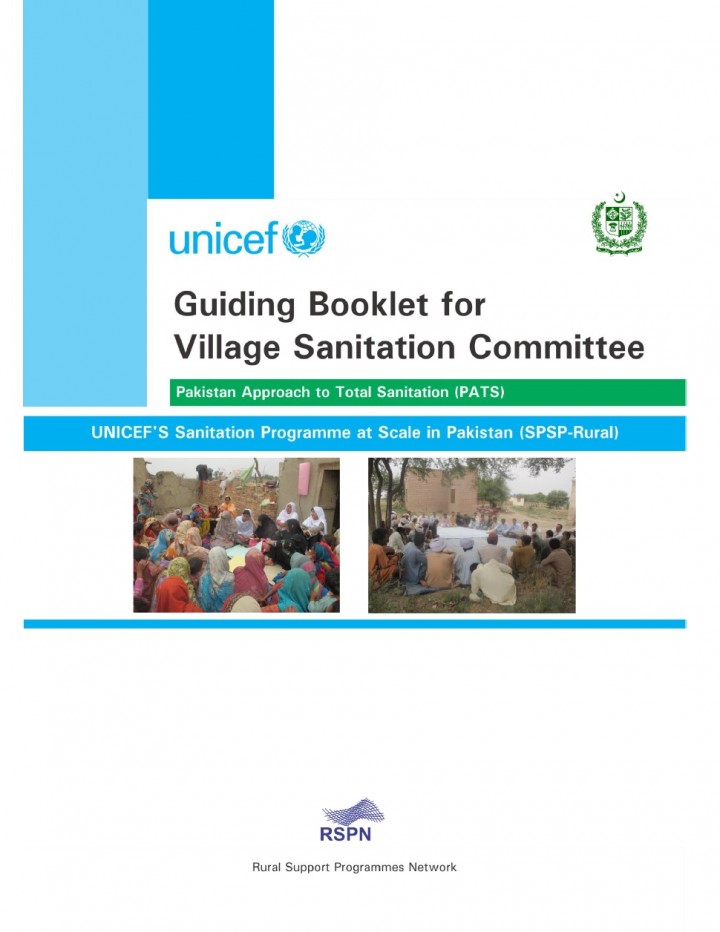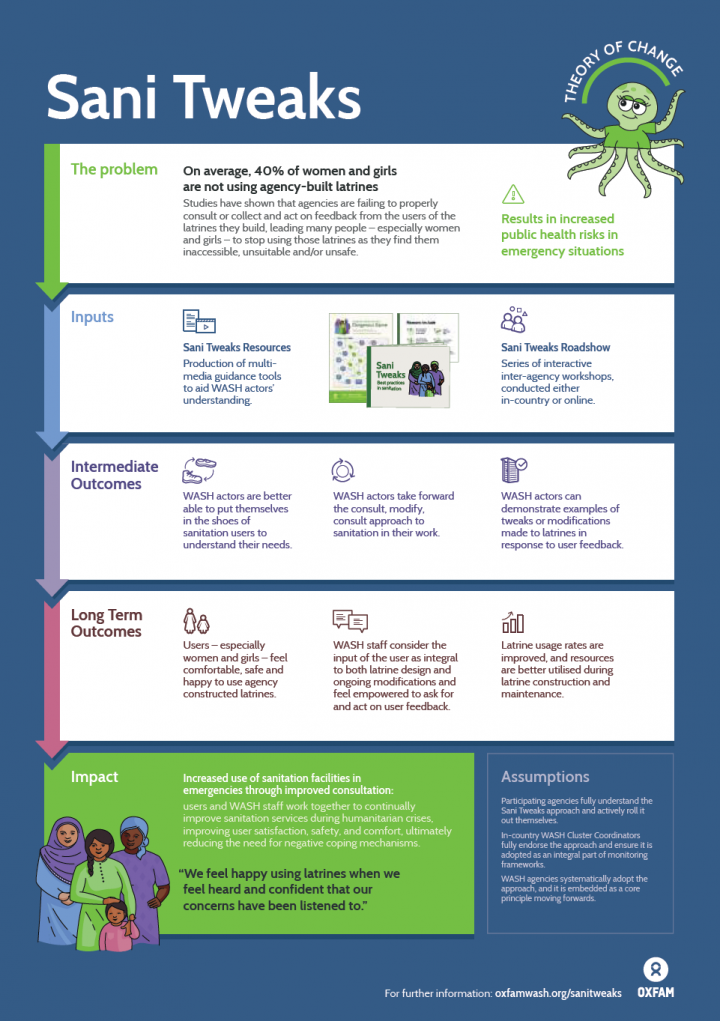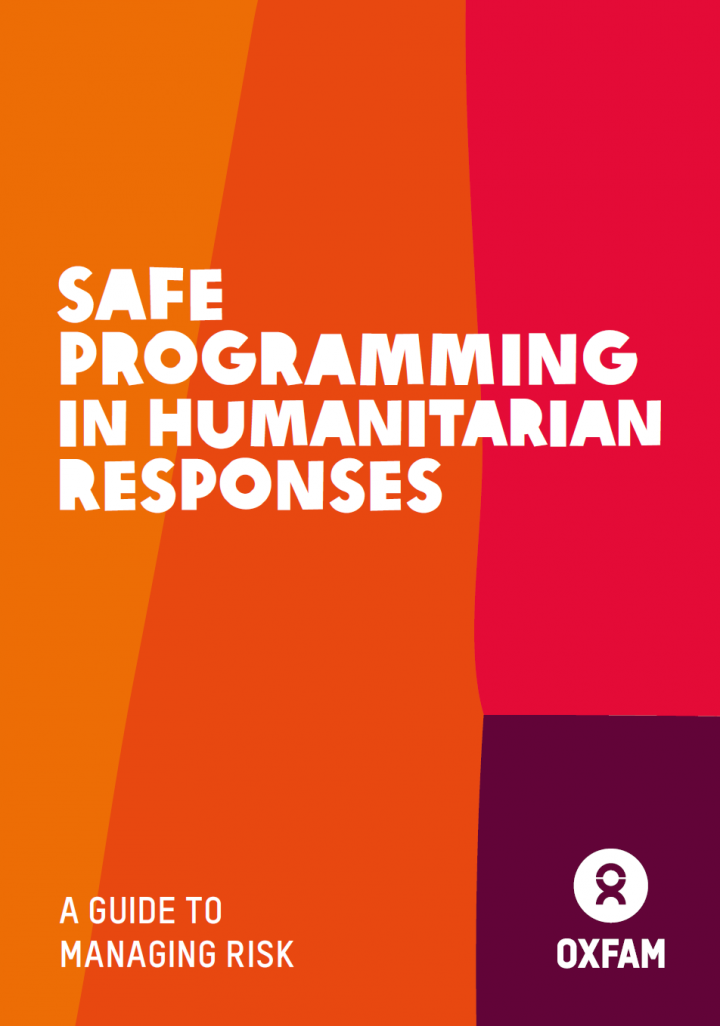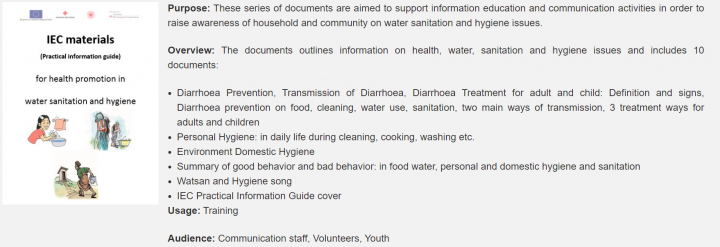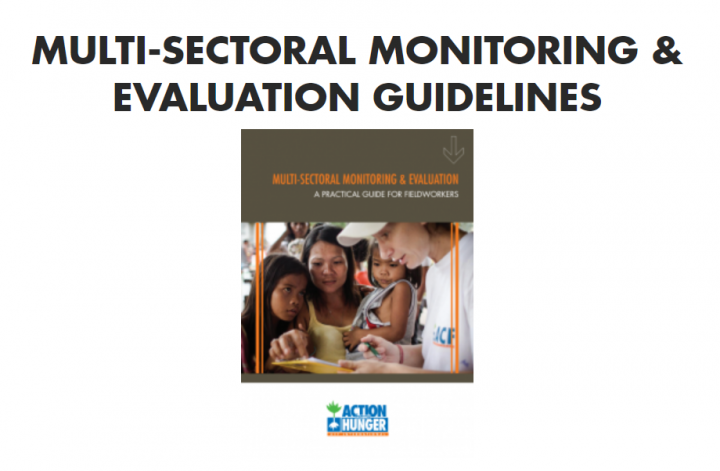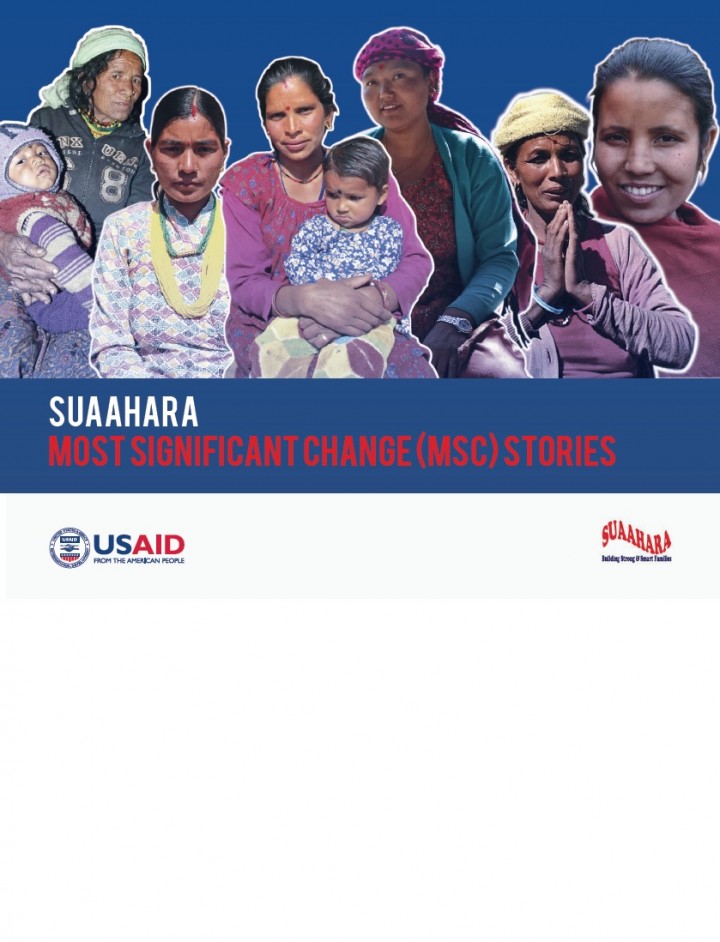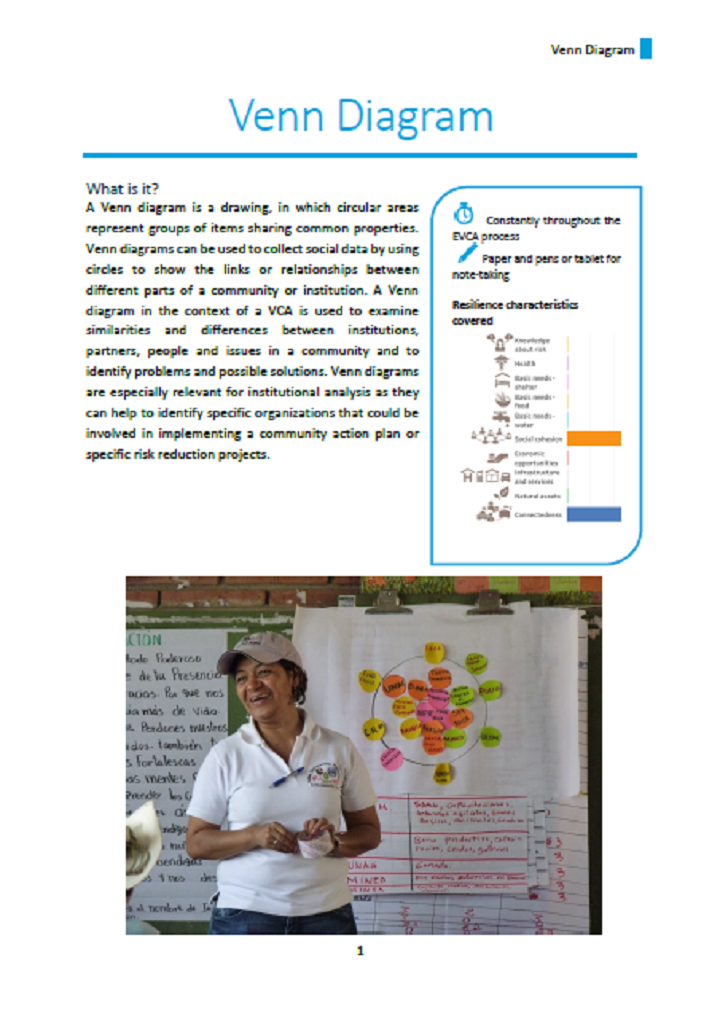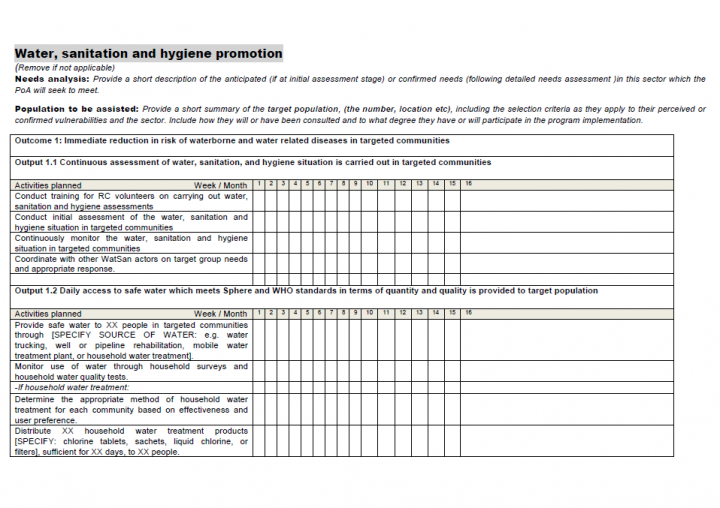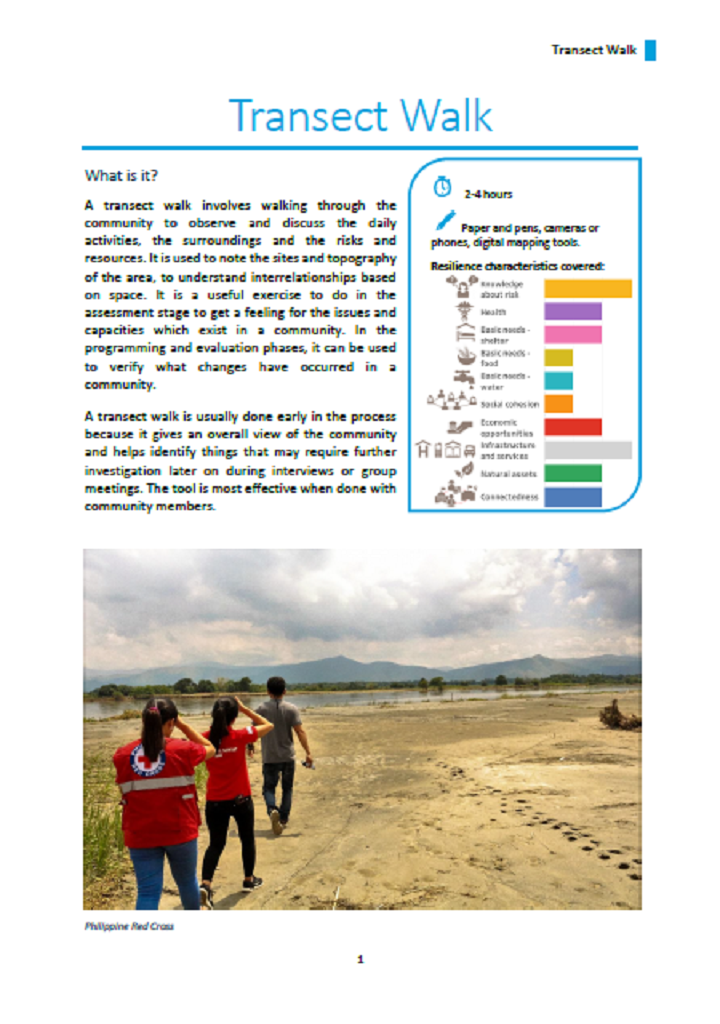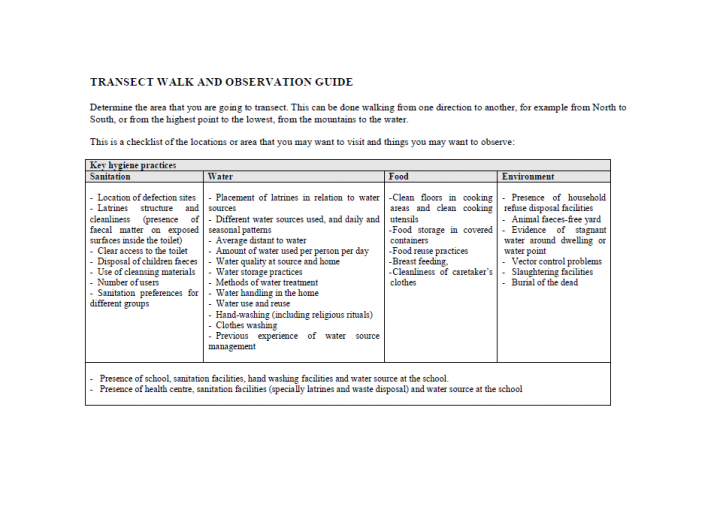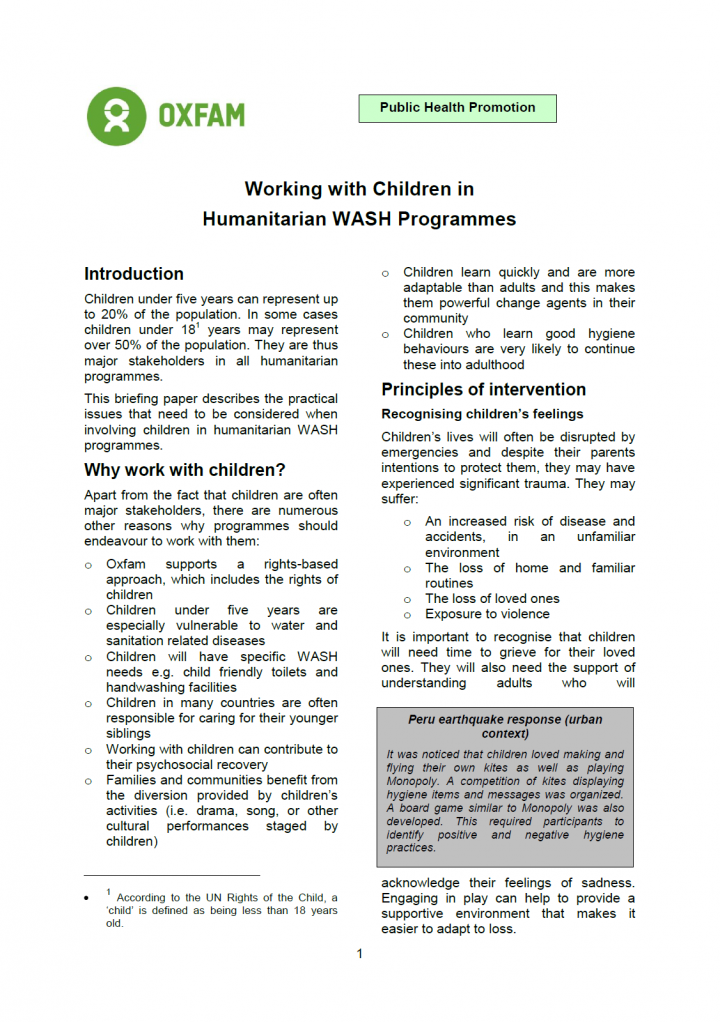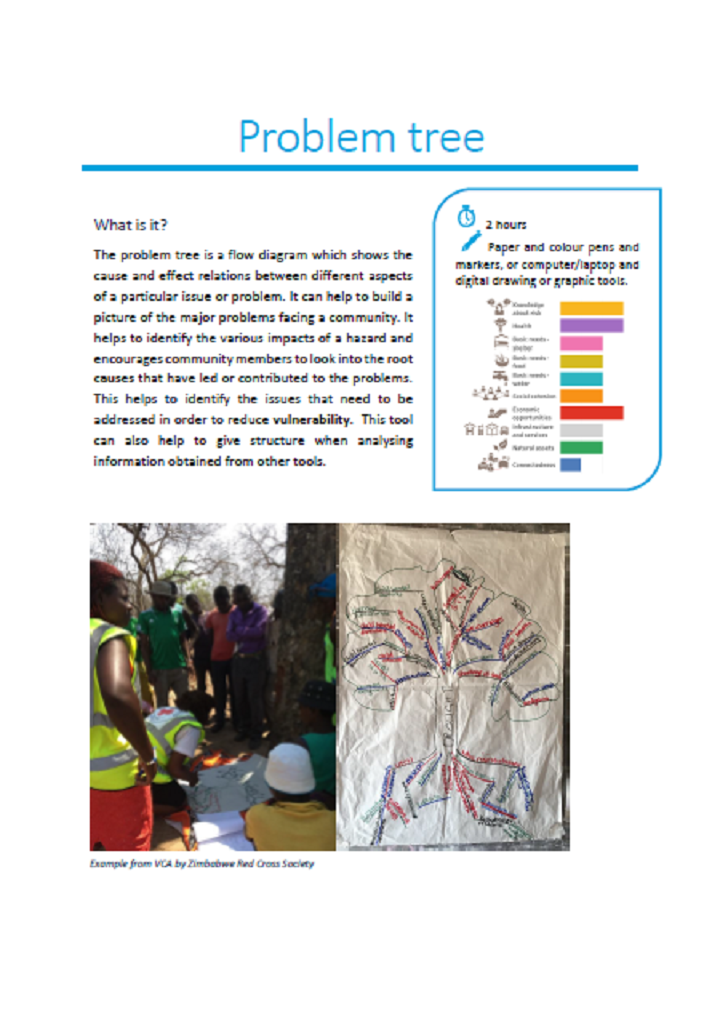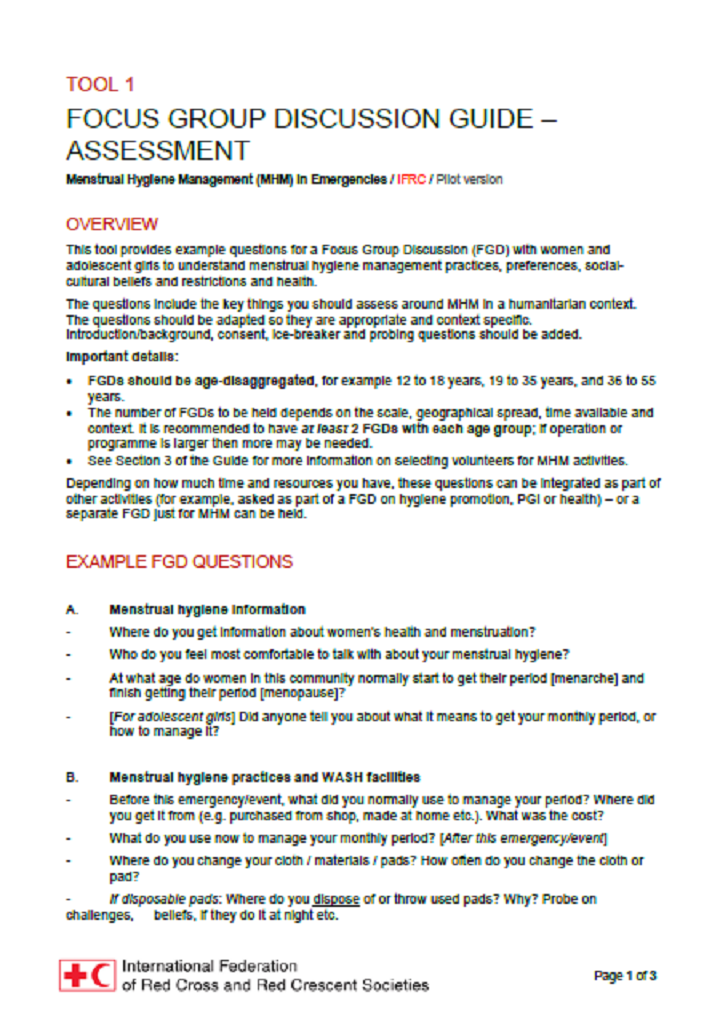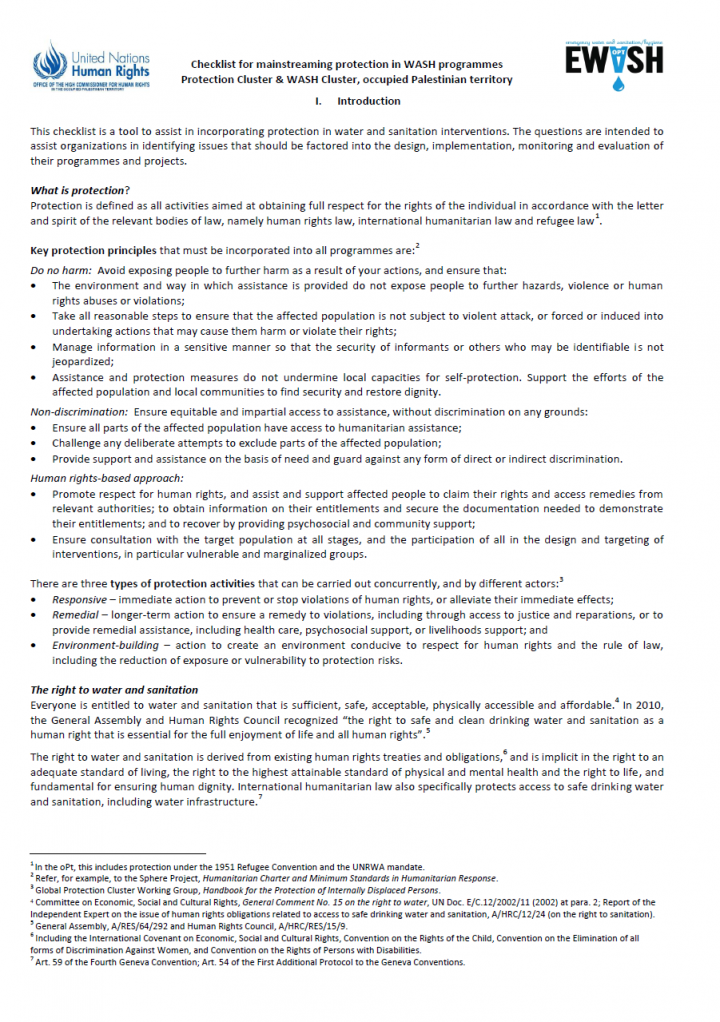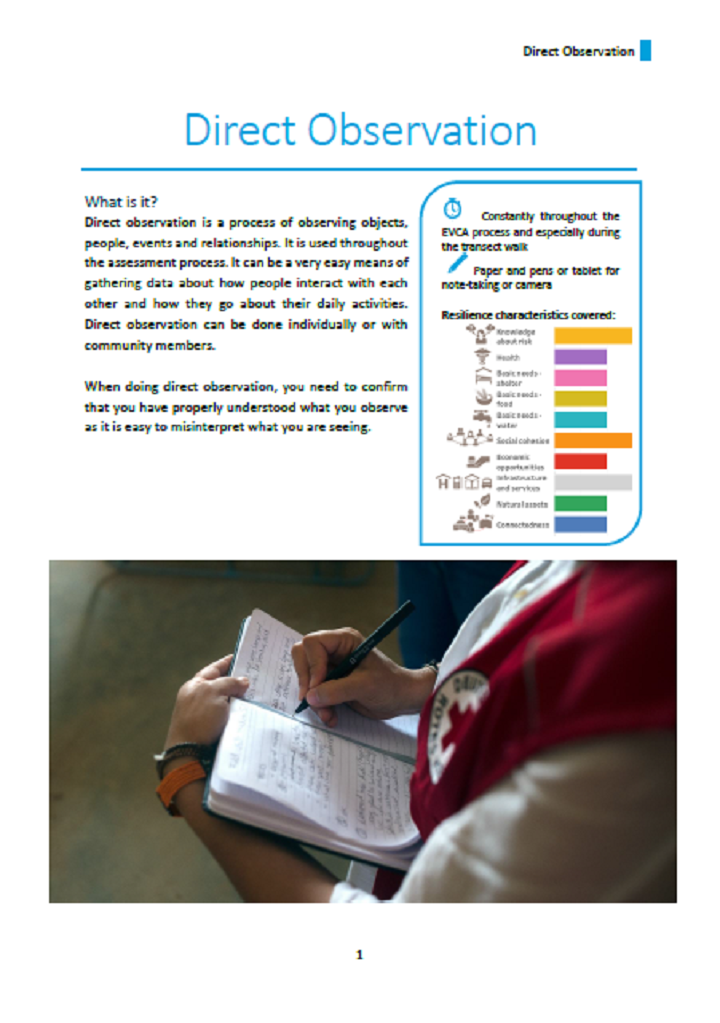Searching for information on Sanitation Workers?
The Sanitation Workers Knowledge + Learning Hub is the best source for all current news, trends, articles and updates on sanitation workers rights around the world.
Health service data are essential for patient management, facility management, disease surveillance and monitoring of service provision and resource use. Countries also need reliable facility data to assess the performance of their health services as they work towards the UHC targets and the SDGs.
Routine health facility data are collected and reported on a regular basis through Routine Health …
This Sanitary Survey Checklist Guide provides a methodical way to identify the factors or features of the existing school WASH system that contribute to an increased risk to the health of school children and teachers. It should be possible for the school community, with a assistance from the facilitator and possibly a health inspector, to answer the checklist questions and see the weaknesses and …
All Oxfam humanitarian responses must include proactive measures to ensure we do not inadvertently cause harm to people, nor undermine the values, standards and norms that underpin our work. Humanitarian work takes place in high-risk environments. Actively managing actual and potential risks enables us to do this work more effectively and safely. Managing risks systematically helps us monitor …
The documents outlines information on health, water, sanitation and hygiene issues and includes 10 documents:
Diarrhoea Prevention, Transmission of Diarrhoea, Diarrhoea Treatment for adult and child: Definition and signs, Diarrhoea prevention on food, cleaning, water use, sanitation, two main ways of transmission, 3 treatment ways for adults and children
Personal Hygiene: in daily life during …
A clear and integrated Risk Communication and Community Engagement (RCCE) strategy and response is vital for community uptake of essential public health and biomedical interventions to prevent and control the spread of disease. This strategy ensures dialogue and participation of all stakeholders and affected communities during preparedness, readiness and response.
The COVID-19 outbreak and …
A Venn diagram is a drawing, in which circular areas represent groups of items sharing common properties. Venn diagrams can be used to collect social data by using circles to show the links or relationships between different parts of a community or institution. A Venn diagram in the context of a VCA is used to examine similarities and differences between institutions, partners, people and issues …
A transect walk involves walking through the community to observe and discuss the daily activities, the surroundings and the risks and resources. It is used to note the sites and topography of the area, to understand interrelationships based on space. It is a useful exercise to do in the assessment stage to get a feeling for the issues and capacities which exist in a community. In the programming …
Children under five years can represent up to 20% of the population. In some cases children under 18 years may represent over 50% of the population. They are thus major stakeholders in all humanitarian programmes. This briefing paper describes the practical issues that need to be considered when involving children in humanitarian WASH programmes.
These guidelines outline a step-by-step process for Red Cross Red Crescent staff and volunteers to plan and implement effective, context appropriate hygiene promotion, without taking shortcuts or delivering ‘hygiene messages’. The guidelines provide National Societies with a standard approach for quality assurance, and an opportunity for more effective training and monitoring.
This checklist is a tool to assist in incorporating protection in water and sanitation interventions. The questions are intended to assist organizations in identifying issues that should be factored into the design, implementation, monitoring and evaluation of their programmes and projects.

